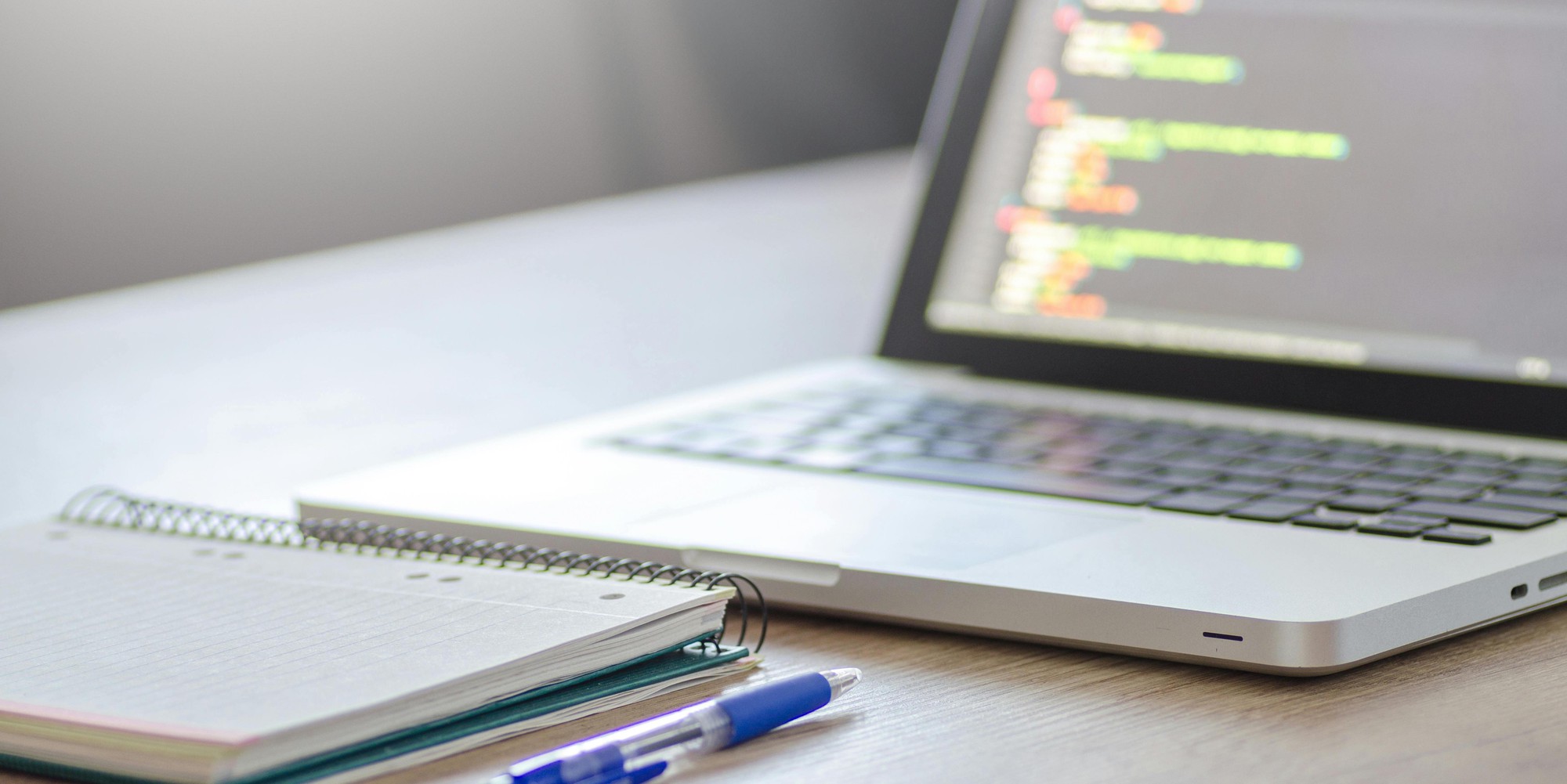
eLife - the journal
@eLife
The funder-researcher collaboration and open-access journal for research in the life and biomedical sciences | @eLifeCommunity
“We believe the future of science lies in greater transparency and open access—without compromising on the quality of peer review.” Magdalena Sołyga shares her experience publishing with eLife: elifesciences.org/inside-elife/0…
What causes idiopathic scoliosis? New genetic evidence points to EPHA4, and zebrafish experiments show how disrupting this gene can twist the spine. elifesciences.org/articles/95324… #Genetics #Neuroscience
Bioluminescent imaging tracks how viral vectors deliver regeneration-boosting DNA after heart injury, helping scientists fine-tune gene therapy to hit the right place at the right time. elifesciences.org/articles/10794…
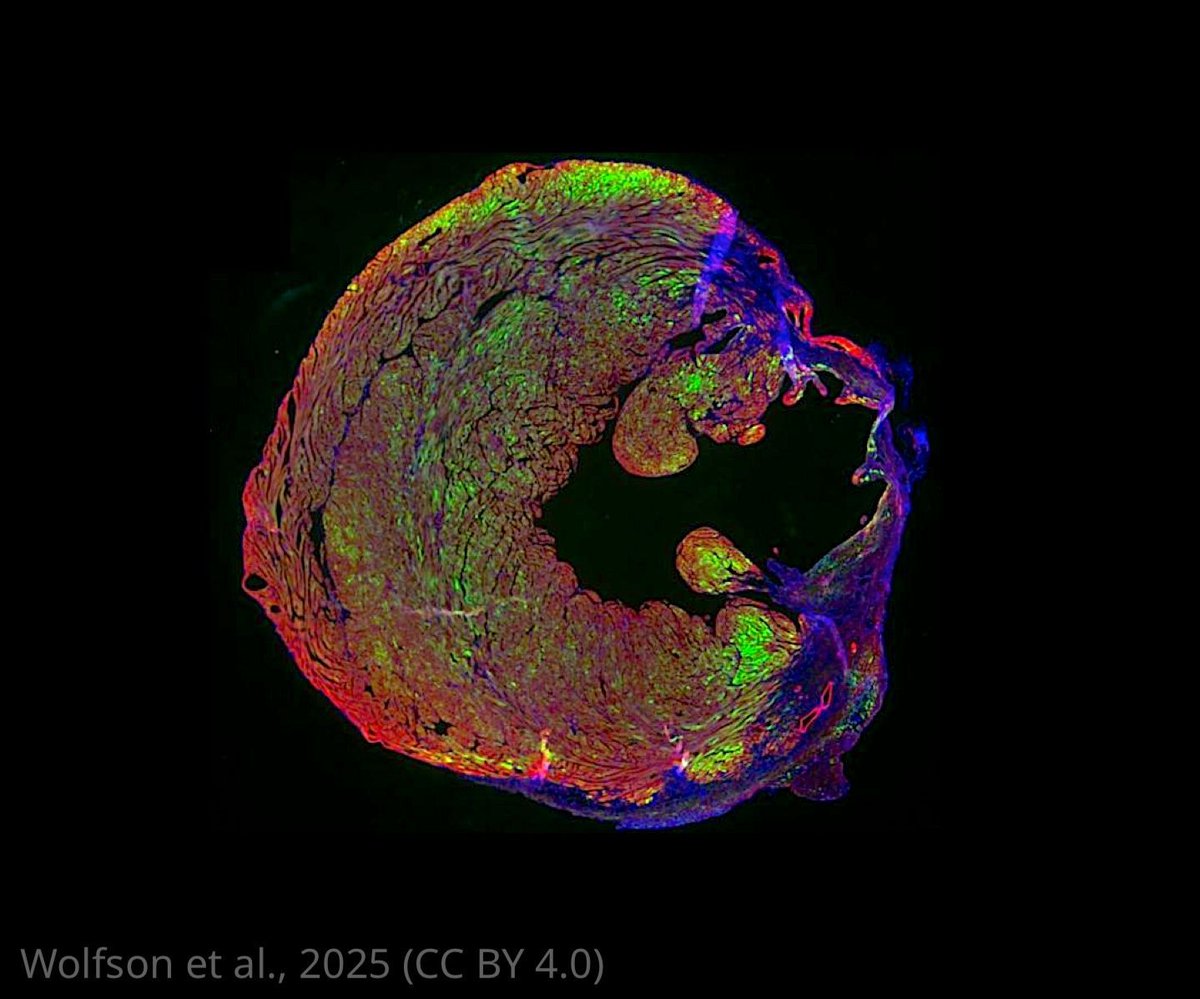
🦴 Back pain often comes from worn-out discs in your spine. Scientists found that a protein called PDGF can help slow down the ageing of these disc cells. This could lead to new treatments that stop back pain before it gets worse. 🔗 elifesciences.org/digests/103073…
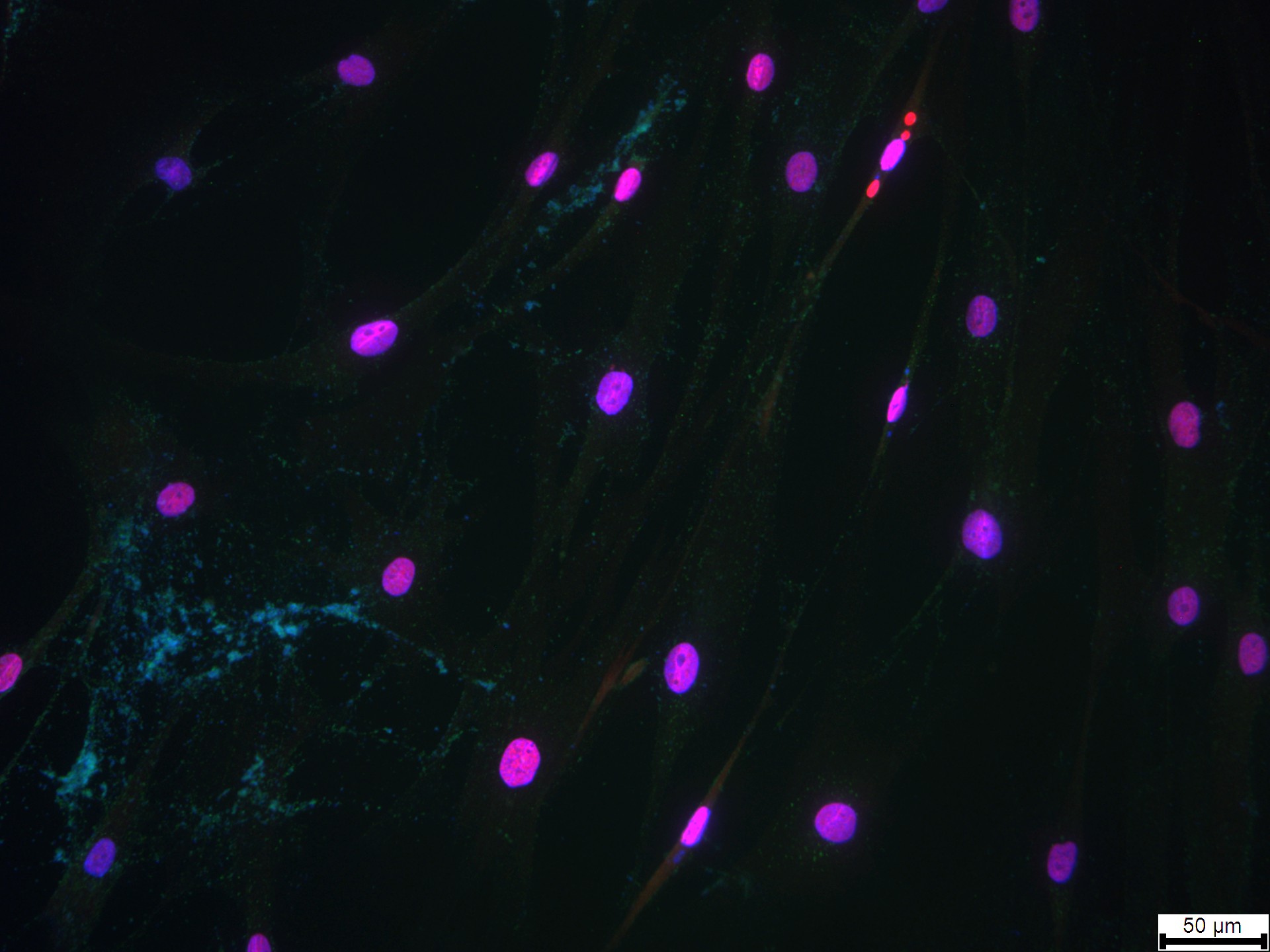
Journals have transformed into gatekeepers whose judgments determine which science gets seen, and which scientists succeed. Our model eliminates accept/reject decisions and restores autonomy to authors. elifesciences.org/inside-elife/7…
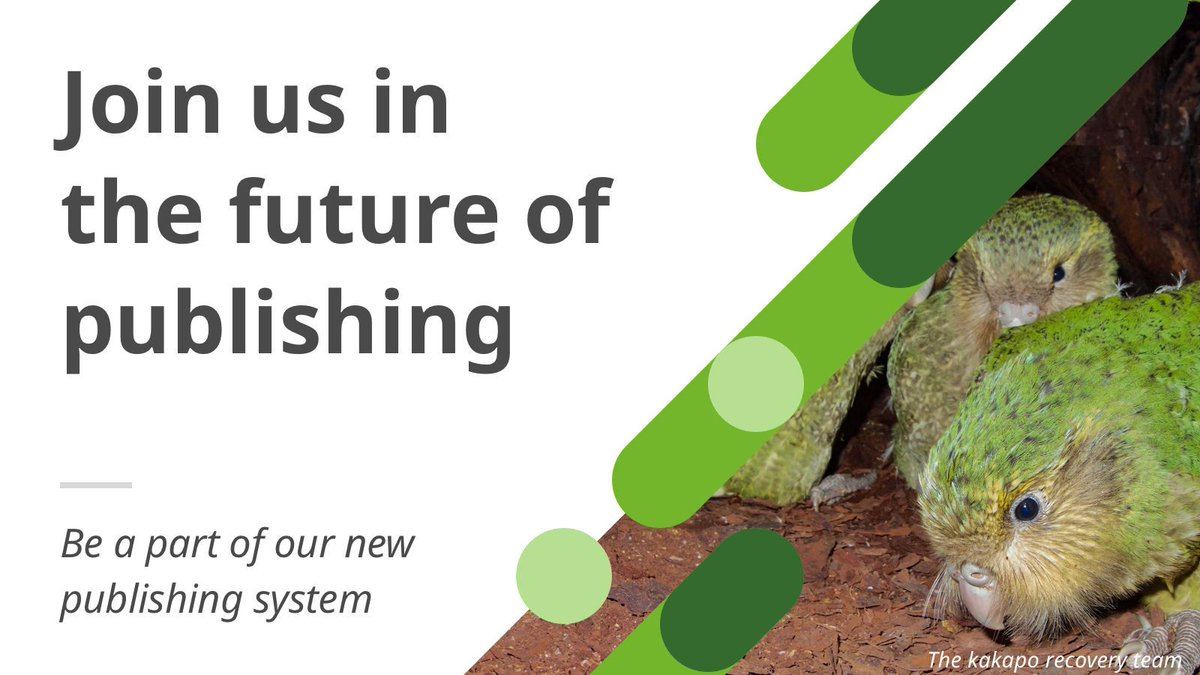
How do brain cells communicate, and what goes wrong in #epilepsy? This new study reveals how two key proteins, LGI1 and ADAM22, come together in groups of three to help organise signals between neurons. elifesciences.org/articles/10591… #Neuroscience
How do fruit flies bounce back after a reproductive pause? This study links genetic variation and sensory neurons, especially smell, to recovery from diapause, with impacts on lifespan and fertility. elifesciences.org/reviewed-prepr…
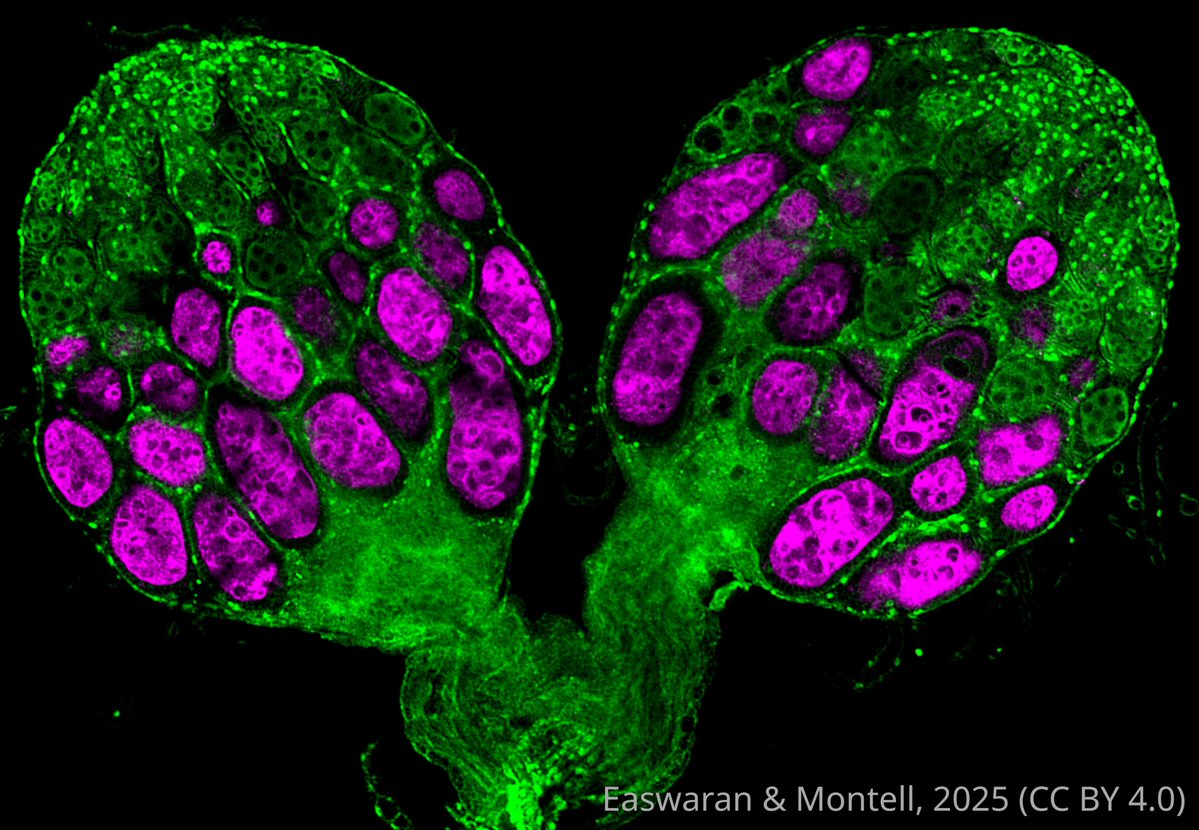
🧬June's most-read Genetics paper independently validates previous research showing that #CElegans can inherit learned pathogen avoidance: elifesciences.org/reviewed-prepr… Have a paper people should see? See what our Editors look for: elifesciences.org/about/aims-sco…

Tiny molecular spirals in cells can scale up to control the twist and turn of entire tissues – an important step towards understanding left-right symmetry in tissues and organs. elifesciences.org/articles/10229…
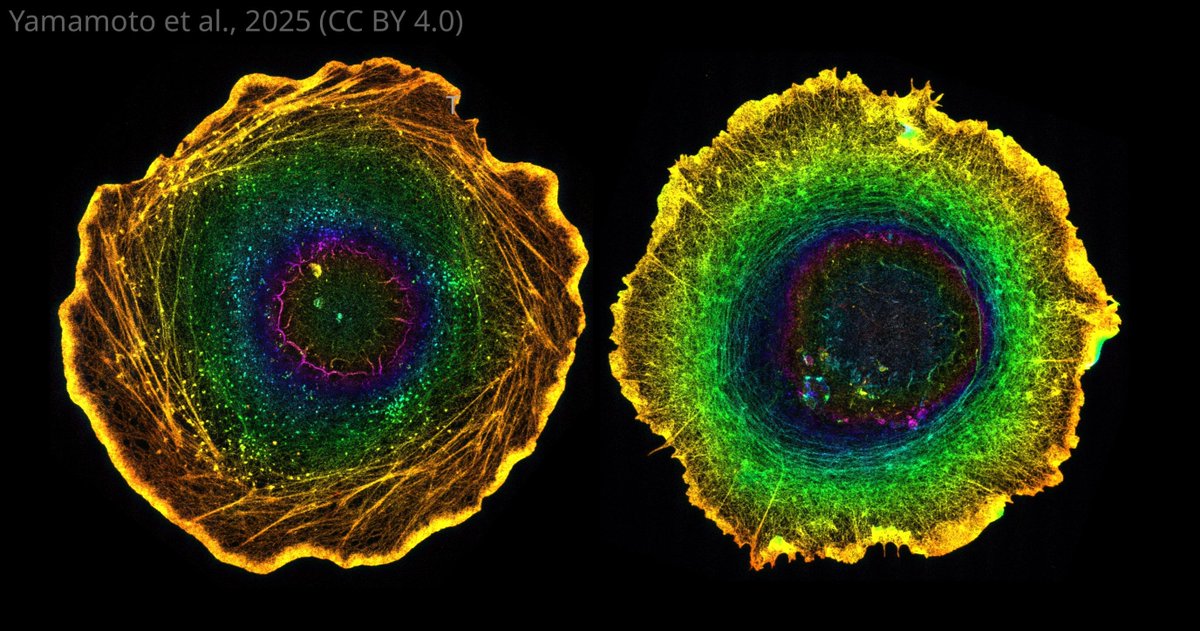
Ditching months-long delays for fast, constructive feedback. This interview with @magdalenasolyga dives into the experience of publishing with eLife and what it could mean for a more open and efficient future in science. elifesciences.org/inside-elife/0…
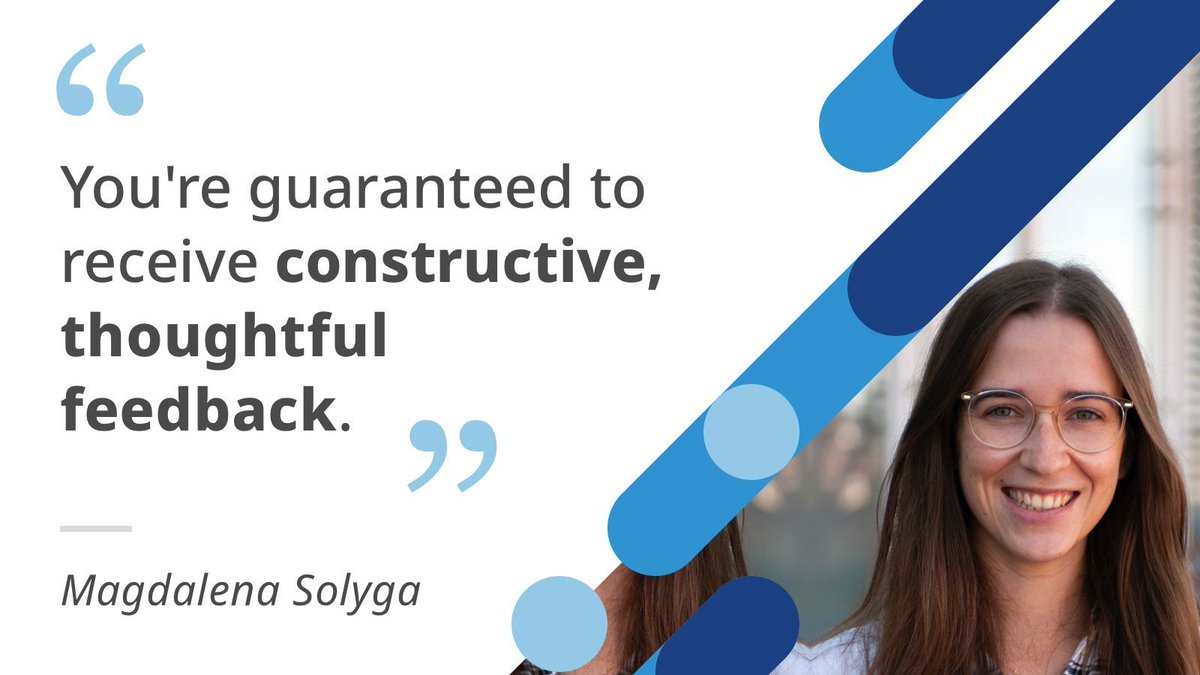
🌎 🐸 Frog dads on taxi duty aren’t just giving their kids a lift, they might be passing on microbes too. New research suggests parental care could shape the skin microbiome in amphibians. elifesciences.org/reviewed-prepr… #Microbiome
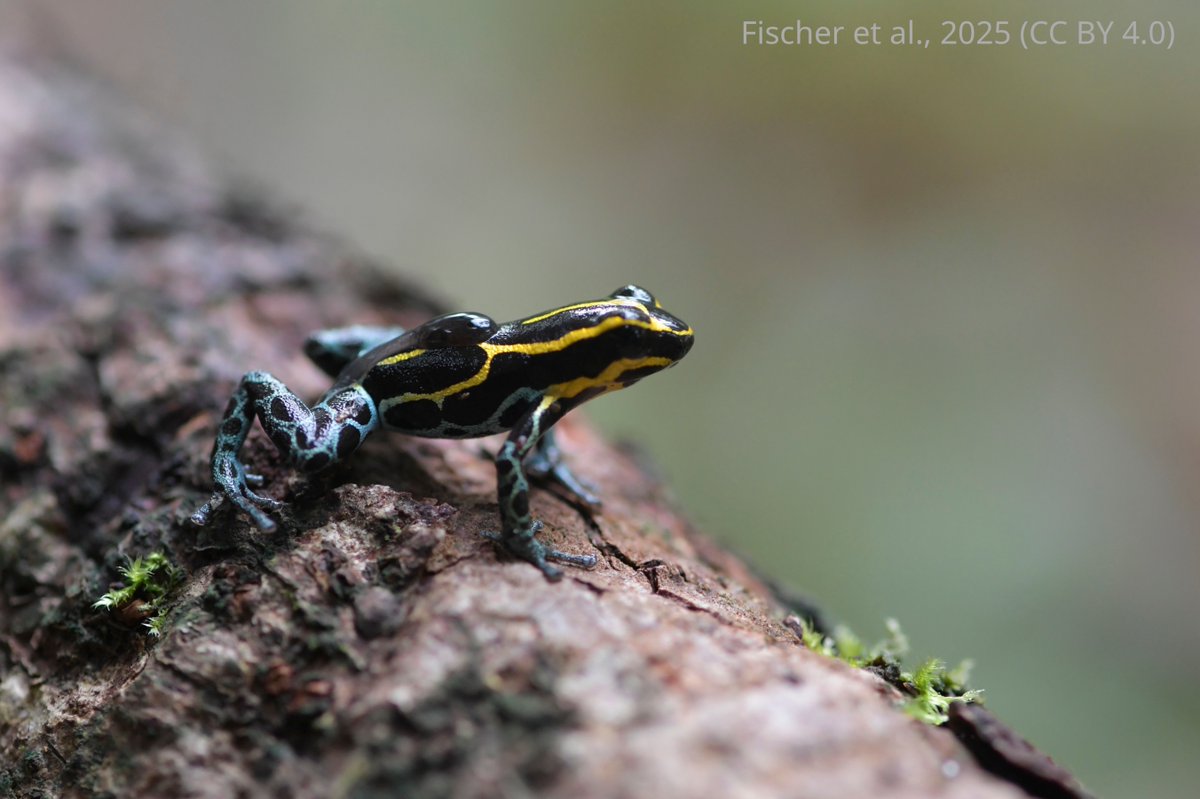
Already posting #preprints? At eLife, our expert editors and reviewers discuss and prepare reviews to be shared publicly, providing quality, constructive feedback that helps the community build on your work. Learn more about peer review at eLife ⬇️ elifesciences.org/about/peer-rev…
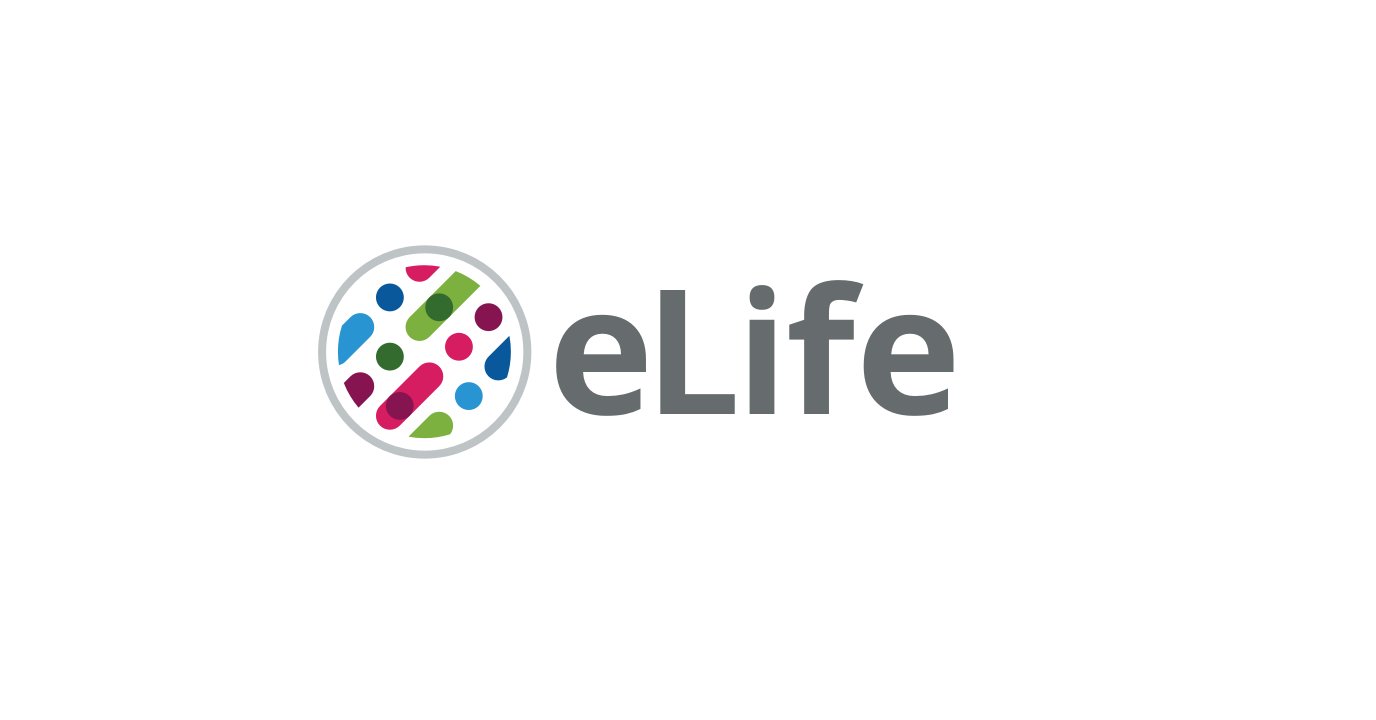
Harnessing AlphaFold to reveal hERG channel conformational state secrets. elifesciences.org/articles/10490…
How do plants pick their friends? A new Insight Article delves into research investigating the symbiotic relationship between legumes, such as soybean, and #rhizobia bacteria and the central role of protein RIN4. elifesciences.org/articles/10811… #Symbiosis
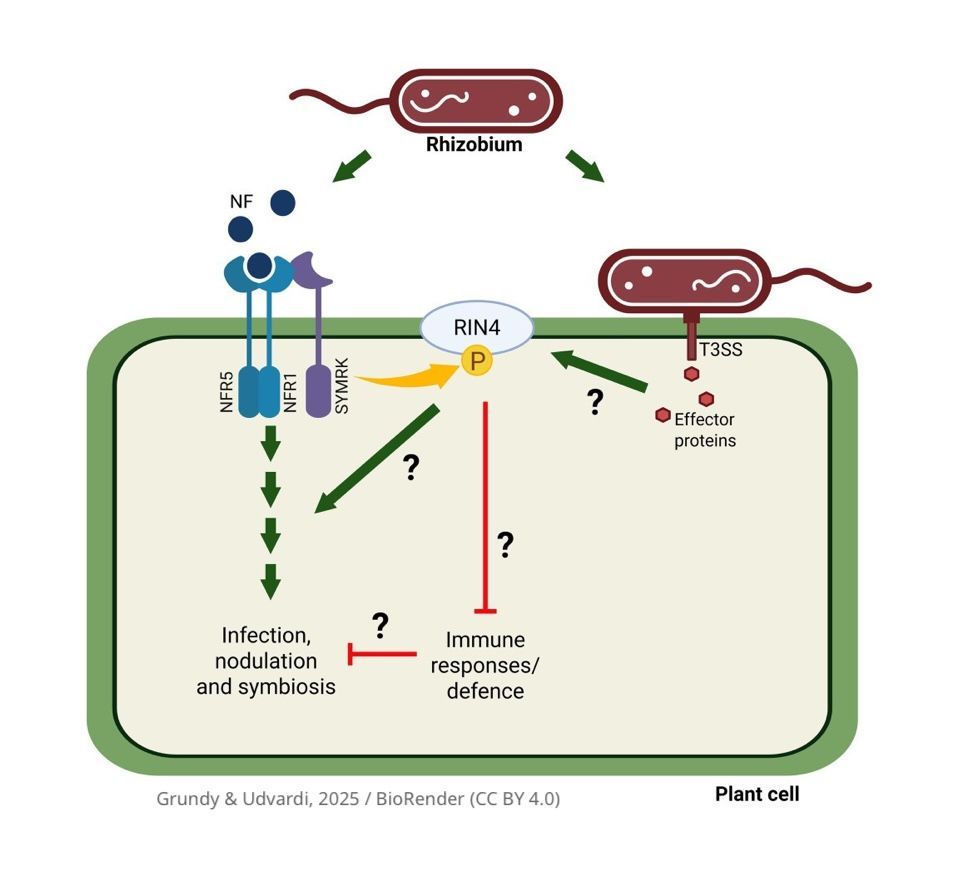
Kin selection has sparked debate for decades. Now, a landmark study offers a generalised version of Hamilton’s rule, capturing the messy, nonlinear reality of evolution and cooperation. Explained in our latest Insight Article: elifesciences.org/articles/10803… #EvoBio #Evolution
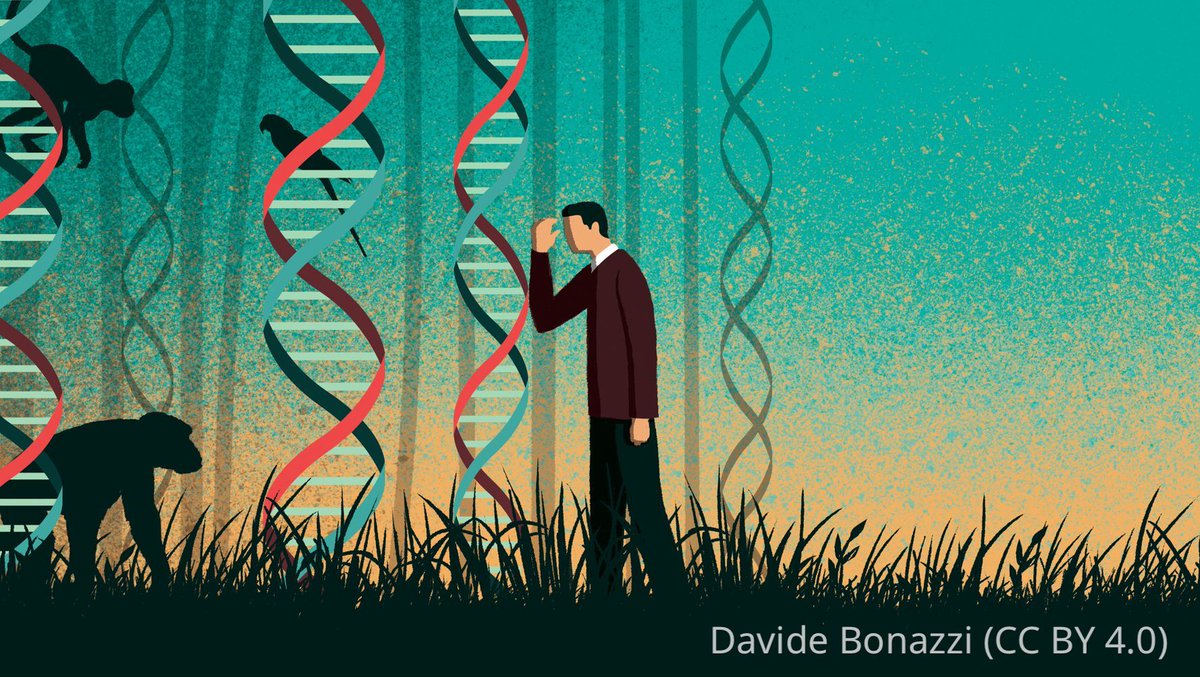
A new study finds differences in the hunting strategies across five common model fish species, challenging the assumption that zebrafish behaviour is universal. elifesciences.org/articles/98347…
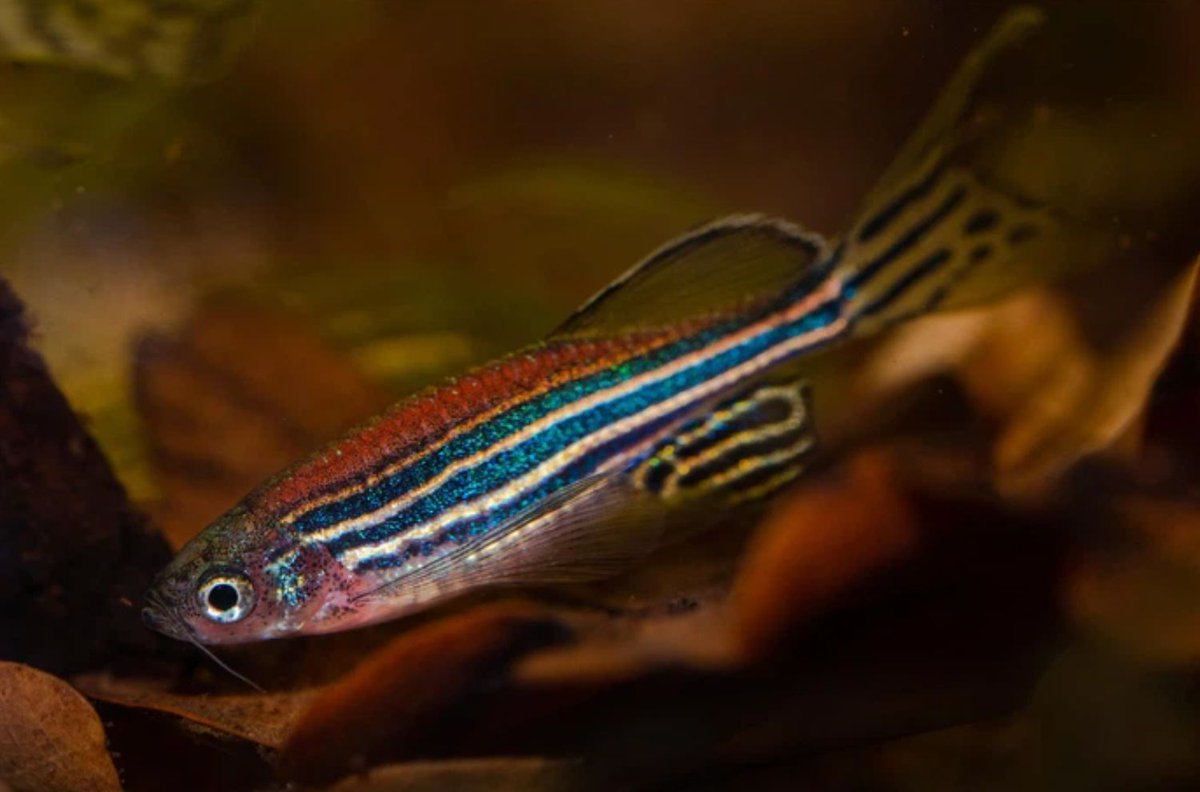
Scientists have found a new way to recreate inner ear hair cells in the lab to study hearing loss. elifesciences.org/reviewed-prepr… #DevBio #CellBio
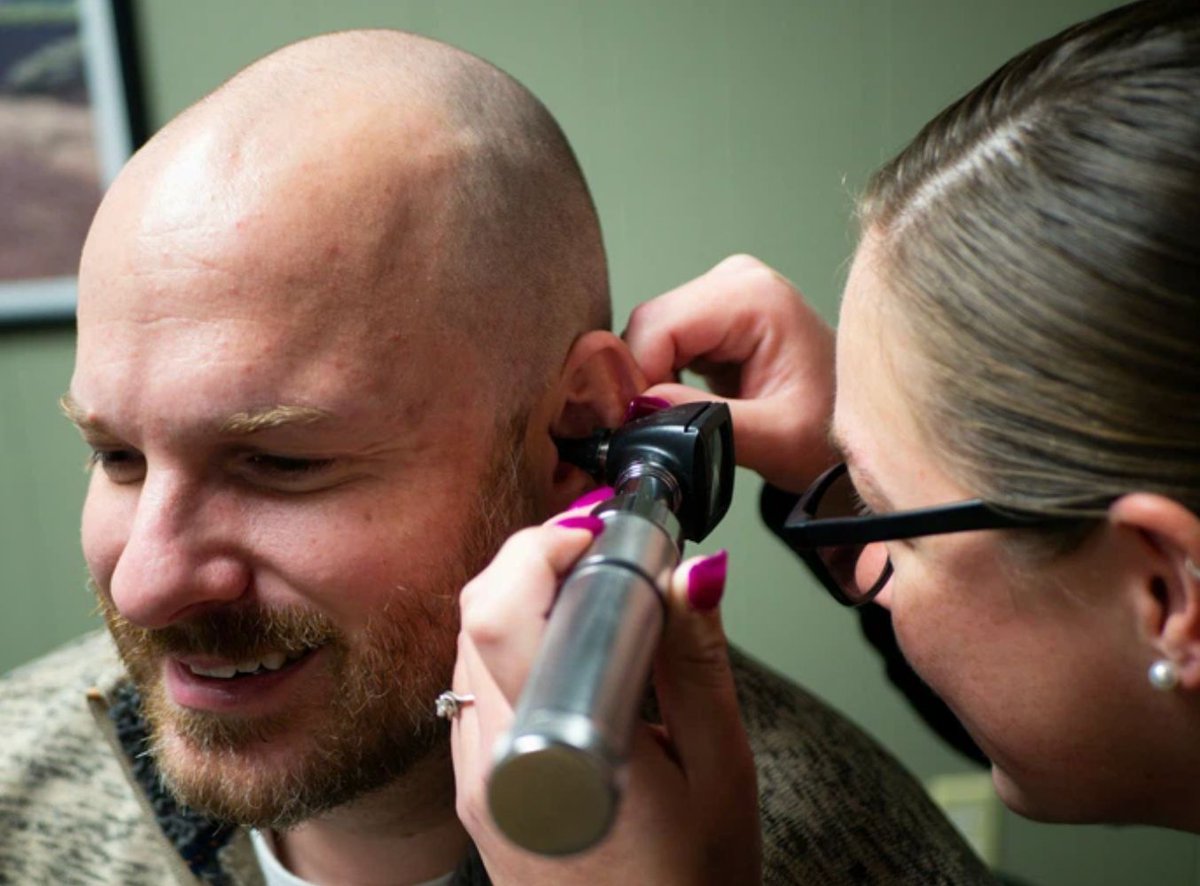
eLife podcast episode 99: A university compost heap has turned up Finland’s first documented “giant virus”. Also, why monkeys de-sand their supper, and how learning more languages actually makes brain tissue thinner. elifesciences.org/podcast/episod…
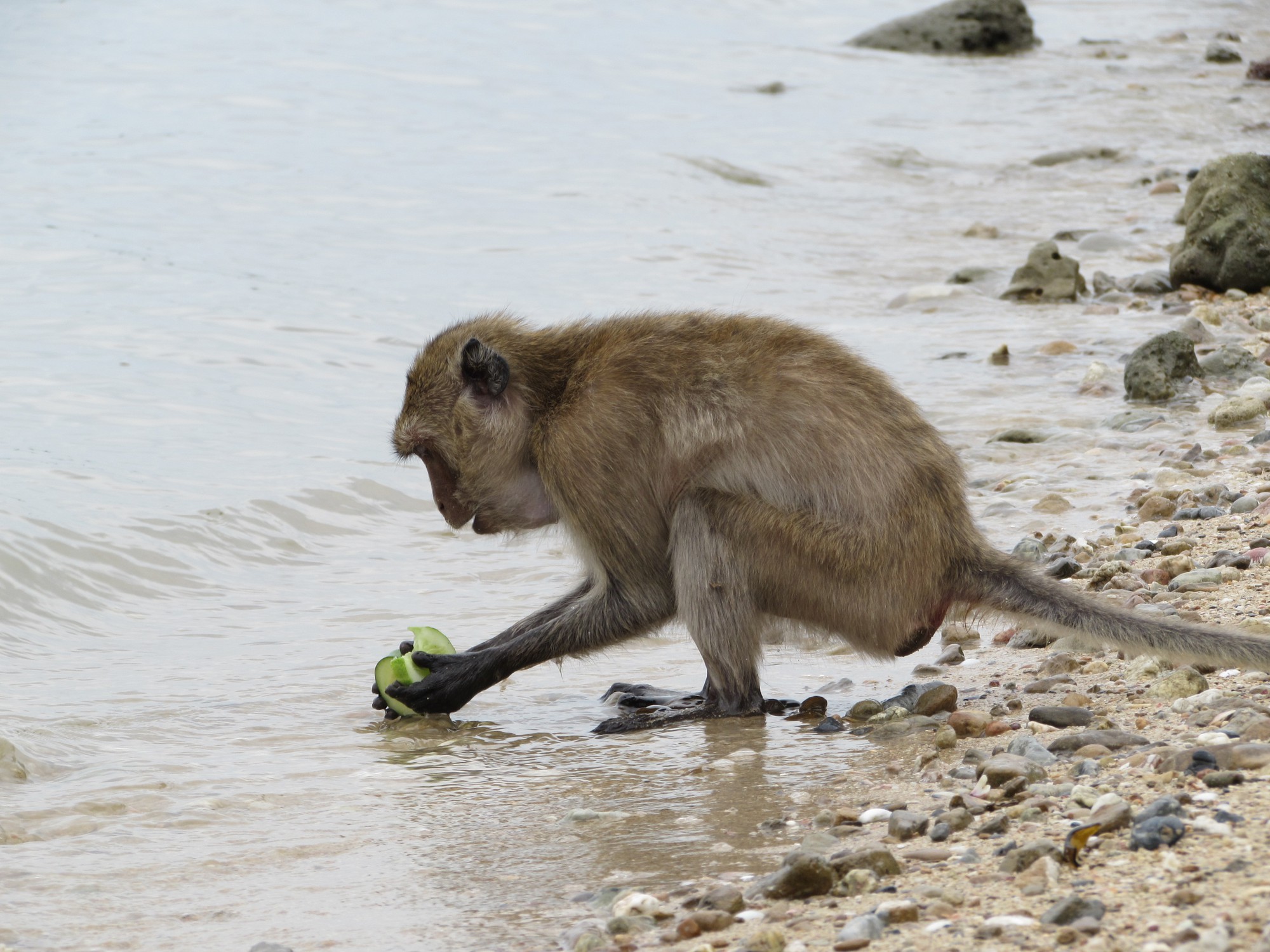
Looking for a home for your genetics or genomics preprint? We review research from the genetic basis of health and disease to epigenetics. Learn how preprints are changing the way research is shared at eLife and submit today: elifesciences.org/inside-elife/7… elifesciences.org/subjects/genet…

Heron is a new intuitive software tool that helps researchers design complex experiments even if they don’t have in-depth technical expertise. 🔗 elifesciences.org/digests/91915/…
